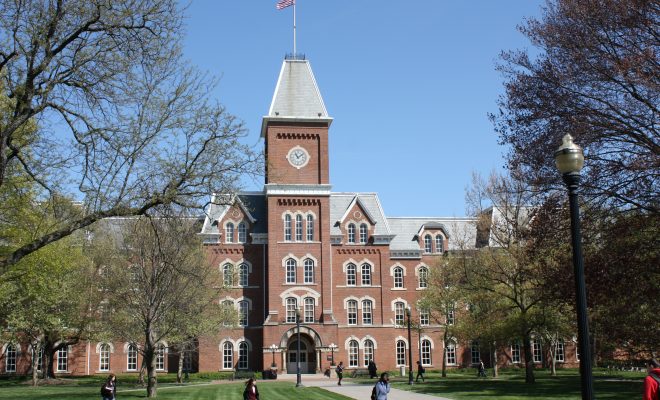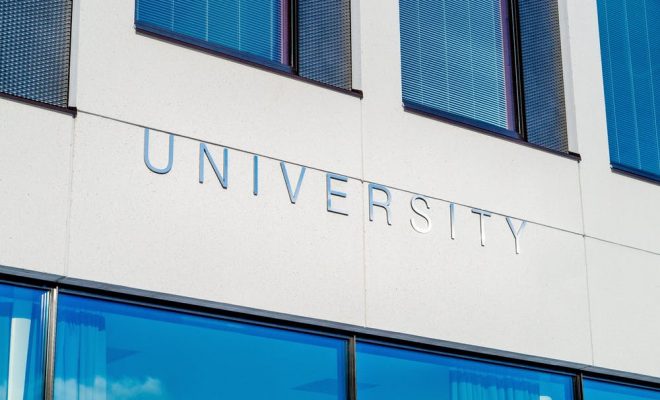The Important Role of Tech in Closing the Degree Attainment Gap

Many of the available jobs in today’s market require a college education. We currently have plenty of students opting to pursue higher education but very few are leaving with a degree. There is a major disconnect between the attendance rates and the graduation rates at four-year colleges and universities. It is shocking that only 32 percent of students enrolled in colleges complete their degrees within six years at open-admission universities. Our education system needs to do something to help close the significant degree attainment gap.
Technology could play an important role in minimizing the number of college dropouts and start closing the gap. With the new programs available to educators and administrators, students might become more likely to stick with school until they achieve a more successful outcome.
Data can determine who is likely to drop out.
The sheer volume of students who drop out of college is unflattering for higher education centers. For years, it was almost impossible to identify the profile of a student who was unlikely to finish their basic education. Now, the data is far easier to manage and can reveal red flags for students who might be at risk of leaving the university altogether. Professors might notice that students with low grades or poor attendance are on the brink of abandoning the university.
This data gives them an opportunity to reach out and attempt to remedy the situation. By retaining students year after year, a college has a better chance of closing the degree attainment gap. They might also be able to develop new systems that can support learning based on the feedback they receive from at-risk students.
Technology gives more support to students.
Most schools require a rigorous bout of standard academic courses to ensure a well-rounded education. Students come to dread some of these classes because they know their own shortcomings with these core subjects, including higher-level math and science. It’s rather common to see students drop out or withdraw from courses before their completion due to failing grades. Technology can help to provide more support and practice for students who need assistance. At some colleges, it lowered the withdrawal rate from 60 percent to 21 percent. Extra support can keep students in class longer and make it more likely that they will attain their degree.
Students need more personalized attention.
Larger schools are unable to give students the time and attention they need in large introductory classes. This means that students who are struggling can often slip just under the radar without a teacher pulling them aside. With technology, universities could change this dynamic. Personalized teaching and tutoring online can give students access to the help they need without the embarrassment of having to ask for it. They can learn at their own pace in a way that is convenient for them without requesting that the professor rearrange their schedule. This can be a great advance for many students who remain quiet in class but are struggling academically.
Universities and colleges could definitely close the degree attainment gap using the advances in technology that are available. They can monitor students that are at risk of leaving school, offer more support for difficult classes, and provide more personalized attention. All of these attributes are going to be key in making sure that students who start college ultimately graduate with their degree in six years or less.





